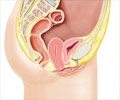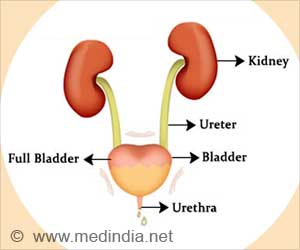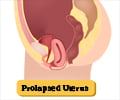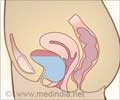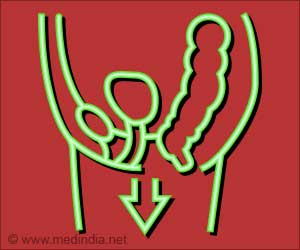Glossary
Urinary incontinence: Involuntary urination or leakage of urine.Fecal incontinence: Involuntary defecation or leakage of feces.
Prolapse: Slipping forward or slipping down of an organ of the body, away from its original position inside the body. Pelvic organ prolapse refers to downward shifting of any of the pelvic organs. Rectal prolapse is the most common type of pelvic organ prolapse.
Rectocele: Shifting of the rectum towards the wall between the rectum and vagina, causing a bulge or hole in the wall.
Pelvic floor: The muscular base below the abdomen that is attached to the pelvic bones. The pelvic floor supports the lowermost organs of the abdomen.
Kegels: A type of exercise in the pelvic floor muscles that comprises of repeated contraction and relaxation of the muscles that form the pelvic floor. The pelvic muscles are contracted as if to restrain the flow of an urge to urinate. This exercise strengthens and improves the flexibility of the pelvic muscles.
Sexual dysfunction: Inability to enjoy full sexual intercourse due to some problem in the body.
Pubococcygeal: Pertaining to the coccyx (tail bone) and the pubis (genital area).
Episiotomy: A surgical incision of the perineum and posterior vaginal wall. This is done by an obstetrician during childbirth primarily to enlarge the opening for the baby to pass through. The incision is then sutured up.
Perineum: Area between the vagina and the rectum in women and between testicles and rectum in men.




